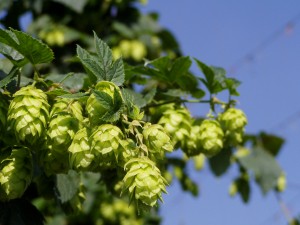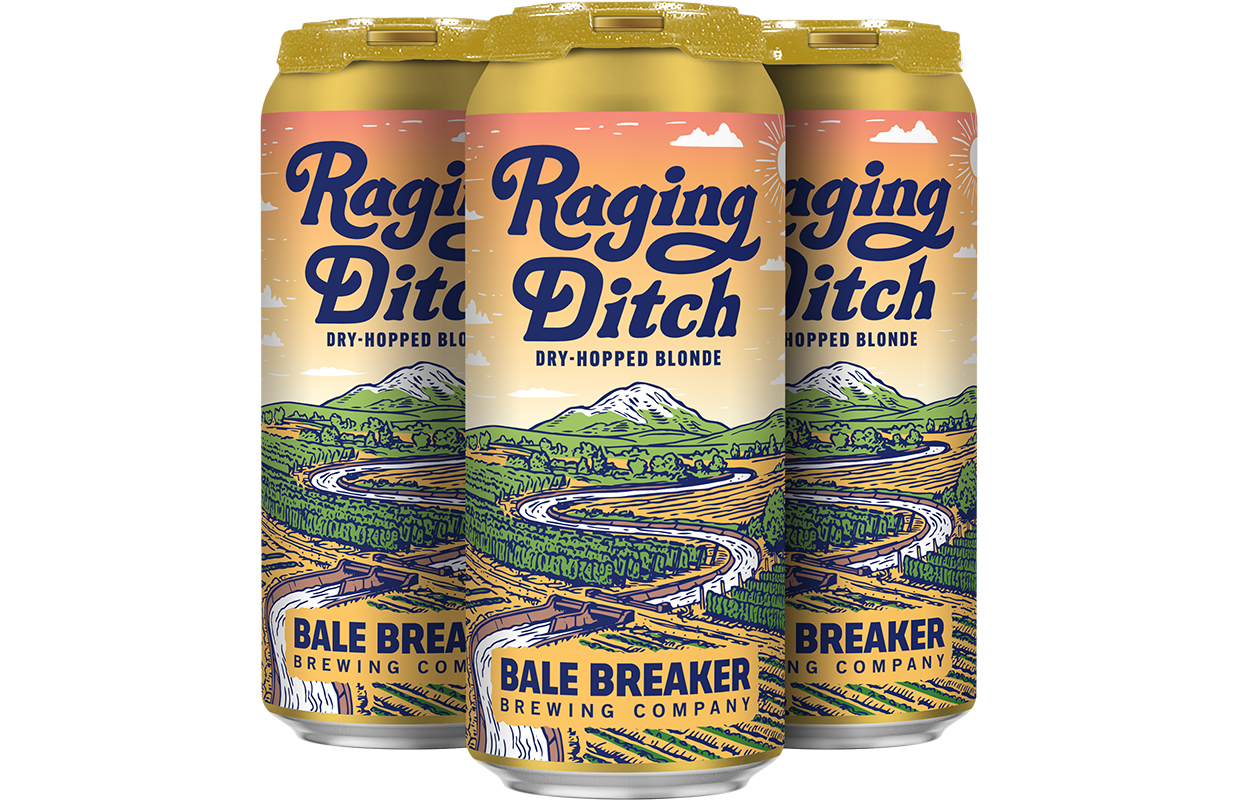
 For craft brewers on the East Coast, this year will persist much like any other, but possibly even better due to the cold temperatures and large amounts of precipitation throughout the winter.
For craft brewers on the East Coast, this year will persist much like any other, but possibly even better due to the cold temperatures and large amounts of precipitation throughout the winter.
The cold temperatures should have killed many of the harmful insects, and the large amounts of water always assist in beer production. However, out on the West Coast, they have experienced a different winter, one that has left areas dry and brewers searching for water.
It’s true that the vast majority hop production occurs in the upper North West, which hasn’t experienced the same droughts as Southern California. “We were looking at a potential drought after a dry start to winter, but five plus feet of snow in a week in the Cascade Mountains has brought snowpack to normal levels,” explained Patrick Smith, a co-owner of Bale Breaker Brewing Company and Yakima Hop Farm.
Although the drought may have been averted, the growing demand for craft beer, and the opening of more craft breweries will still create supply issues nationwide, both in terms of hops and water.
“Virtually all of the nation’s hops come from the Pacific North West, and have for many decades,” explained Smith. “So, to the extent that any brewer, anywhere in the world, is using U.S. hops, those hops are almost certainly coming from the Pacific North West and likely from the Yakima Valley (75-80 percent of U.S. production). In other words, we in the Valley are accustomed to serving the world’s hop demand.
“That being said, the tremendous growth the craft brewing segment is experiencing has forced us to convert large amounts of acreage to aroma hops and upgrade facilities and practices to meet the needs of a very diverse customer base.”
In California, the drought has created somewhat of an alarm for brewers, both in the north and south. Ted Vivatson, the owner of Eel River Brewing Company in Humboldt County, Calif., said that the pressure comes on Northern California to assist in water supply to Southern California. However, according to Vivatson, the state doesn’t produce enough water to actually supply the entire state with water.
The Eel River Brewing Company gets its water supply from non other than the Eel River, while breweries like Stone Brewing Company get its supply like much of Southern California, from the Colorado River.
Vivatson believes that the majority of the problems with water in California come from legislature that decides where the water is released and which areas receive the supply. “It’s going to create a big problem,” he said. “Because the people that know what they’re doing aren’t doing it, or able to do it. So that’s going to be a big problem in the future.”
The forecast for issues in 2014 aren’t foreseeable, but according to Vivatson that will all depend on rainfall.
In Southern California at Stone, a brewery that is growing daily, the forecast couldn’t be more worrisome. “Southern California gets their water from either Northern California or the Colorado River,” explained Mitch Steele, the head brewer at Stone. “Southern California is a desert, there’s no way around it. We’re lucky if we get seven inches of rain a year and I think we’ve gotten about three this year. It’s a very dry area and there is a huge population here, so there are a lot of water requirements.
“At Stone all of our water is Colorado River water. So, if the Colorado snow pack is at a high level, we’re usually in shape. But, there is a cascade effect from Northern California that impacts everybody. If there is a drought in either area, it’s a concern to us.”
Steele believes that the water supply is only going to get worse. In California February is supposed to be the rainy month, but the rain just hasn’t come. “Everybody is hoping that March turns out to be very wet, but it’s just not happening,” said Steele. “We’re concerned. What we’ve been told by our water supply is to expect increases in mineral content over time as this condition worsens. Right now our hardness is coming in at about 300 parts per million, we expect it to start bumping up to about 400 which is pretty hard water. It’s just because there is no snow melt diluting down the mineral content very much.”
At the moment the supply hasn’t been an issue. However, Steele says they have been made aware that the surcharge may increase as the supply becomes more limited, and they would be charged more as they used more. For a frantically growing brewery, that’s a concern.
“There’s been no detail on this, or no confirmation, or no commitment on part of the water supply company, so at this point we have an awareness of it and that’s about it,” said Steele. “We are taking some pretty big steps here.”
Stone already practices water conservation at a high level. “Basically, any liquid that goes down a brewery drain is collected and treated with aerobic bacteria, and then filtered through two different types of filters so that it is absolutely pure water, and then that is brought back into the brewery and we use it for cleaning. It’s against regulations to use it in the beer itself, but I can tell you that the water is absolutely wonderful. There’s no sewage in it, there’s no restroom or kitchen type stuff, it’s all brewery processed water.”
Steele’s major concern is how hop supply in Washington could be affected over the next several years. “I’m trying to give them some ideas as to what we might need,” he explained.
“We had one storm this year,” said Steve Dressler, the head brewer at Sierra Nevada. “It was the first decent rain we’d had all year. It was supposed to rain again that Saturday, and it looked like it the whole day, but we didn’t get a drop. It’s very unnerving out here actually. As dry as it’s been — in fact I was just chatting with someone about everything blooming out a month early — it’s got a really odd sense to it. It’s going to be a very difficult spring and summer out here.”
At Sierra Nevada the main worry is with the production they have at the estate. “We’ve got some additional barely acreage this year, and we’ve irrigated it to keep it going, which we’re not real happy having to do, we are like everyone else trying to conserve water.
The hop crop here at the brewery is going to be really interesting because we’ve had an issue the last couple of years with a thing called double bloom. We’ve had such weird weather cycles, so the hop will bloom early. It will start shooting out, start sprouting and it will be growing and then it will bloom too early, so the vines don’t give you any production. I’m real curious about where we’re going to go with that.”
According to Dresler, it’s not an issue for Chico, Calif. to run out of water because the vast majority of its water is ground water. “That doesn’t mean that people shouldn’t do their damndest to use as little water as possible,” he said. “At the brewery we are very sensitive and our sustainability programs are the best in the industry. Our mandate for 2014 was to cut our water usage per barrel by 6 percent, which is a considerable amount. In 2014 we will be shifting some of the production to the new Mills River facility in North Carolina. Inherently the brewery here will be using less water overall, but the goal is to use less water based on production, not like we are moving beer brewing. It’s gauged on barrels of waters used per barrel of beer. It’s a big goal, we’ve got a group of people revisiting all of our processes and looking to see where we can save those little bits of water for due diligent. It’s known that Ken [Grossman] is very much into sustainability and good practices, so it’s a constant project here to be that much more efficient.”
Although the water issues have been ongoing for California brewers, there may not be significant struggles in 2014. However, certainty is still not 100 percent known, and brewers up and down the West Coast are preparing for the changing environment.




1 Trackback / Pingback